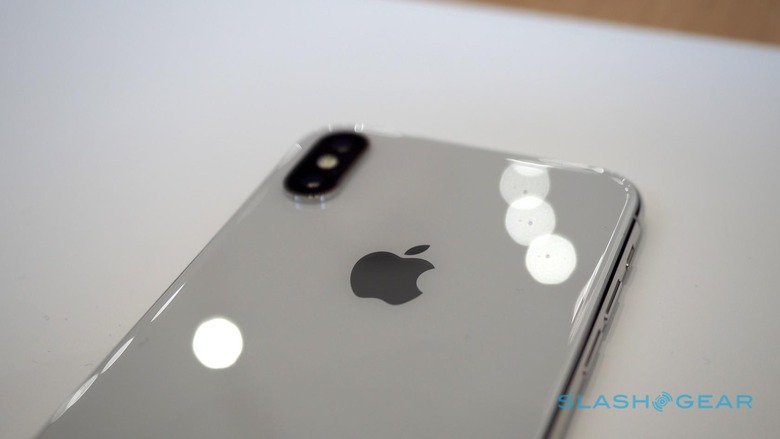The iPhone X Plus Triple Camera Rumor Just Won't Die
Apple's new iPhone X Plus, the rumored super-sized version of the 2018 iPhone, is increasingly expected to feature a three camera array, as hardware rumors continue to circulate ahead of its launch later this year. The new iOS device is tipped to be one of at least three new iPhone models, each borrowing liberally from the current iPhone X flagship.
That will mean notched displays all round, as Apple's controversial design spreads ubiquitously throughout the line-up. At the entry level, there'll be a new iPhone with an LCD screen and a more affordable price tag, effectively replacing the iPhone 8 but offering more display real-estate in the process.
In the middle, meanwhile, there'll be a new iPhone X. That will replace the current model, and is likely to have a faster processor among other changes. It's possible, though uncertain, that Apple could shrink the notch section too, as it refines components like the TrueDepth front-facing camera array.
Finally – and arguably most interesting – is the device generally being referred to as the iPhone X Plus. Slotting in at the top of the tree, it's expected to have the largest display of an iPhone to-date, though the reduced bezels should leave it as manageable in the hand as an iPhone 8 Plus. It's also expected to differentiate itself from the 2018 iPhone X on the back.

There, rather than the two cameras of the iPhone X, the iPhone X Plus is widely expected to feature three camera sensors. Currently, Apple uses one regular sensor and one equipped with a 2x telephoto lens. Combined, the two can deliver Portrait mode images, with faux-bokeh, as well as a hybrid semi-lossless zoom.
Now, a report from South Korea's The Investor is doubling-down on that rumor. It says that the iPhone X Plus – and, indeed, Samsung's Galaxy S10 – will have three cameras on their rear, as Apple and Samsung attempt to give potential owners a reason to upgrade. Opinion, though, is divided on how those cameras will be implemented.
Phones with more than one camera on the rear have taken a variety of approaches to their functionality. The LG G7 ThinQ, for example, has two rear sensors: one gets a regular lens, while the other has a wide-angle lens to fit more into the frame. The current iPhone X, along with the Galaxy S9, takes the opposite approach: it has one regular camera and one with an optical zoom.
Huawei's P20 Pro, which has three rear cameras, takes a different approach again. It has a 40-megapixel primary camera that shoots in color, paired with a 20-megapixel monochrome camera. The theory is that the former captures the color data, while the latter handles brightness and contrast. The third sensor comes in at 8-megapixels and has a 3x optical zoom.
Apple's approach could well borrow the monochrome sensor idea, or it might offer another level of optical zoom. Alternatively, the Cupertino firm could employ a different type of camera altogether, for time-of-flight, depth-sensing, high-speed video recording, or some other purpose.
